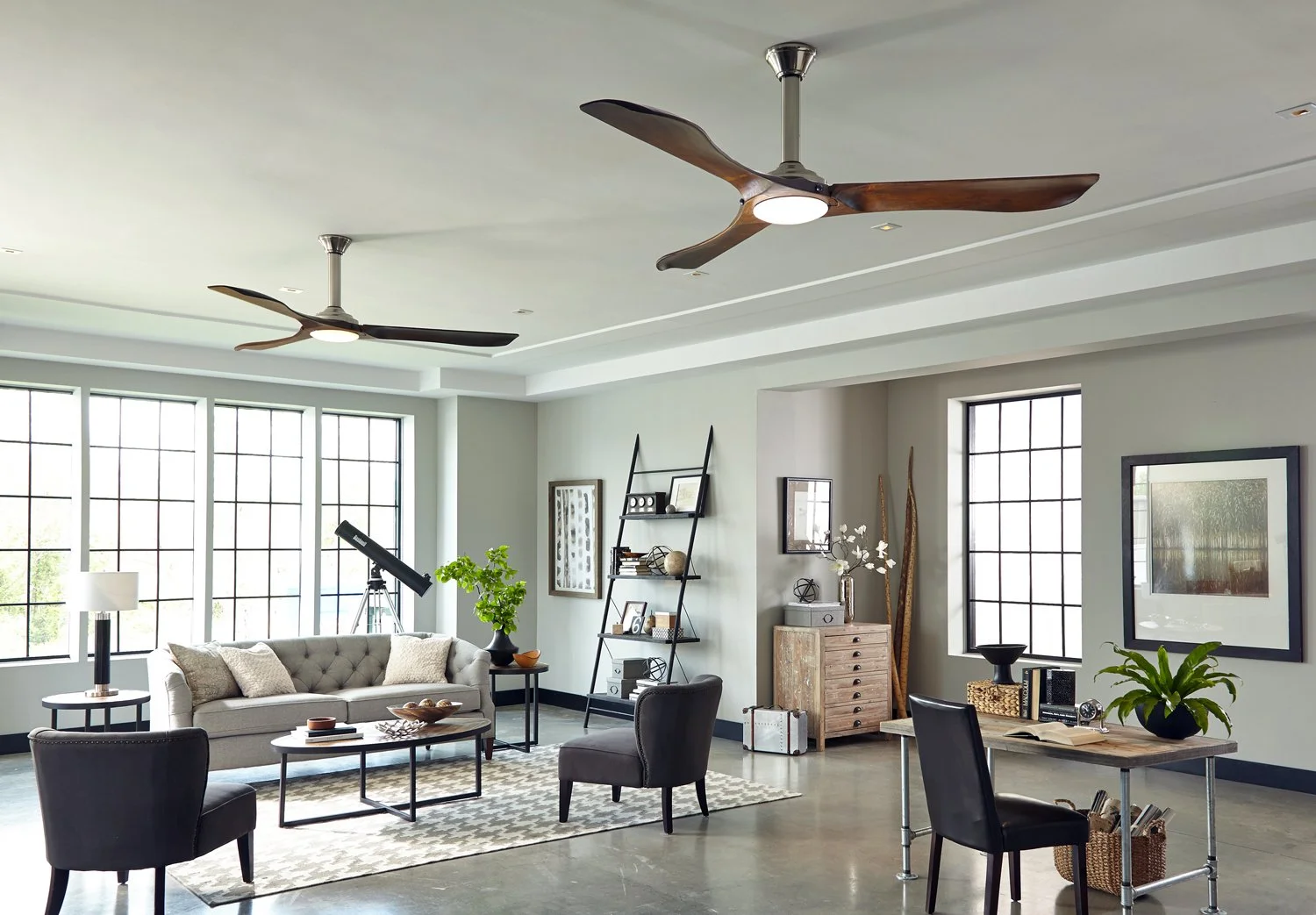Ceiling Fans
Ceiling Fan Installation
The type of room determines how your fan will be installed. Even if you think there’s no connection for one, Bright Power can help you. If there is an existing wiring connection, the project may seem straightforward. Even then, you should call our electrician in San Diego County to avoid safety issues and guarantee a successful installation.
We can help if there’s no fixture or connection. A ceiling fan electrical box requires special bracing that attaches directly to the ceiling joists. The typical fan weighs about 20 pounds. Our electricians can handle the entire project, from installing the ceiling fan mounting box to running electrical wiring needed to power the fan. We’ll check your room to determine the best fan size and type for your needs.
Indoor vs. Outdoor Ceiling Fans
Indoor fans are convenient, and you’ll find ceiling fans outside, such as on a porch. They come in as many varieties and options as their indoor counterparts. However, you should not install an indoor ceiling fan outside. Exposure to moisture can cause them to short out or fail prematurely, requiring replacement rather than ceiling fan repair.
Outdoor ceiling fans may be either damp-rated or wet-rated. Wet-rated fans are the most durable and can tolerate rain, snow, and wind; they can operate safely and efficiently without any protection against the weather. These fans are protected with sealing, ABS plastic, and wires that don’t short out due to moisture.
A damp-rated fan isn’t designed for direct exposure to water, but is safe to operate in humid areas. They’re best suited for covered exterior spaces such as a patio or garage, but can be used in bathrooms and laundry rooms as well. The motor is protected by a non-corrosive cover and the interior wiring is protected from humidity



